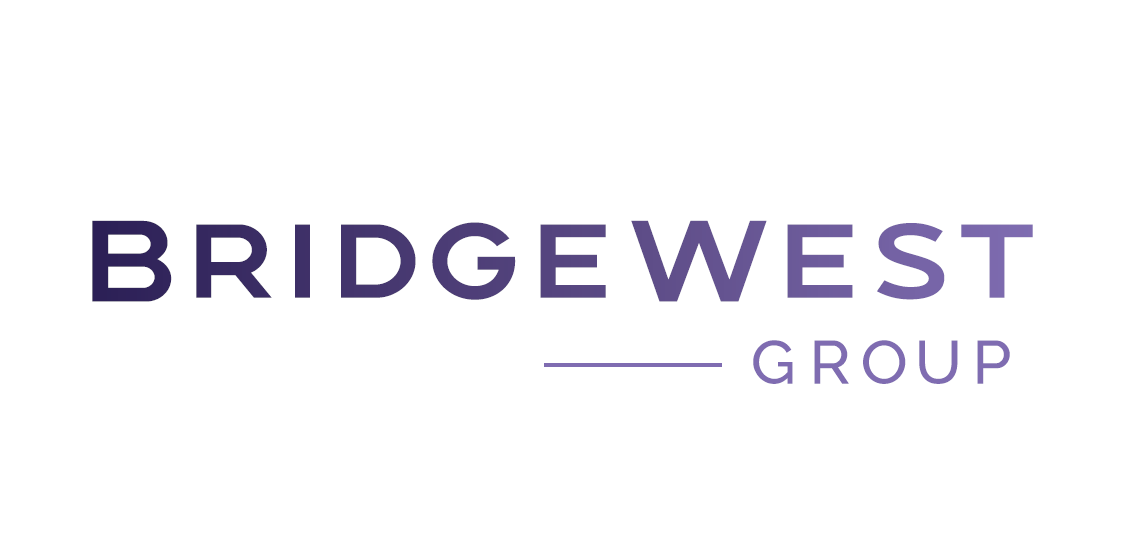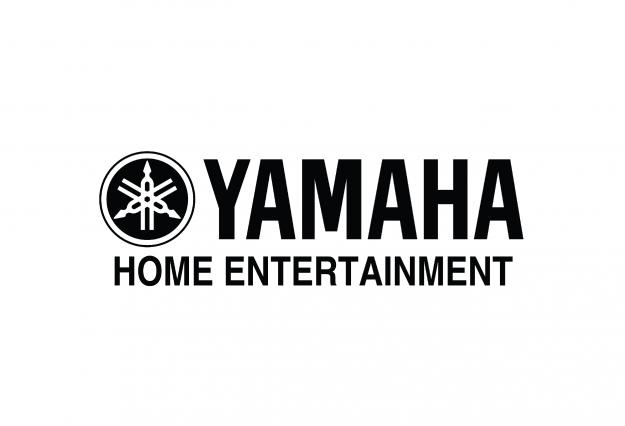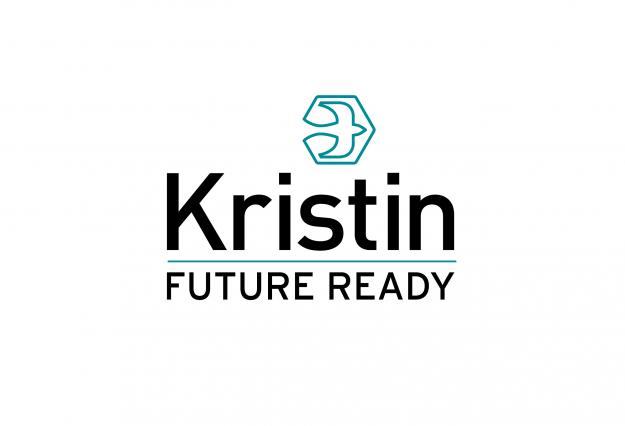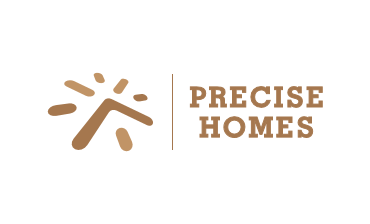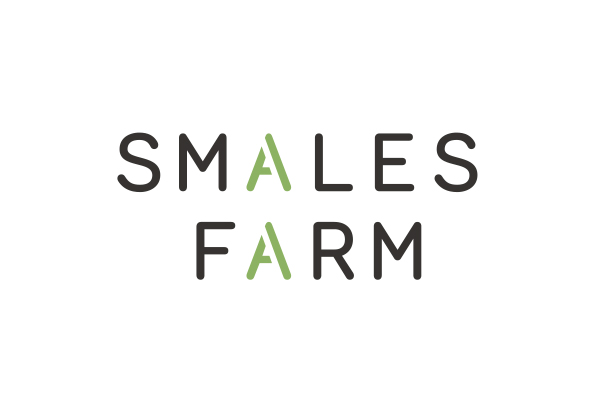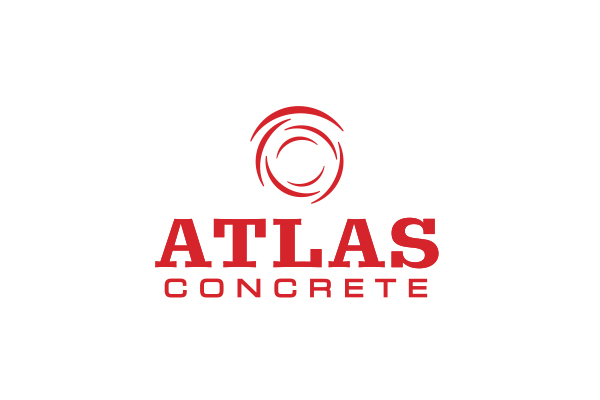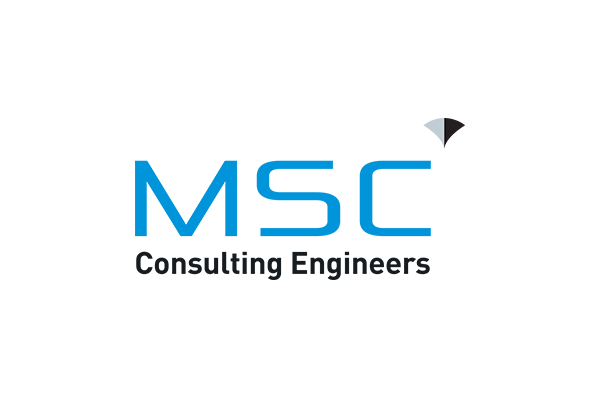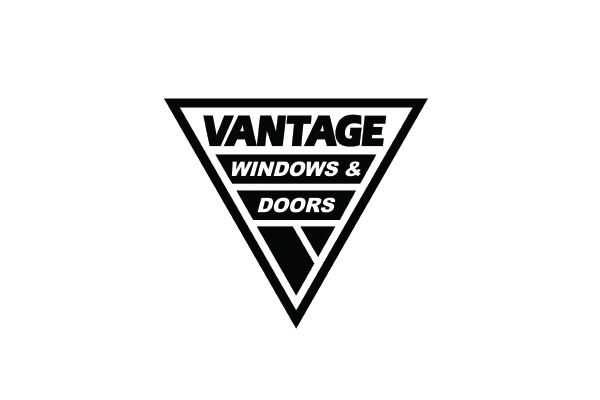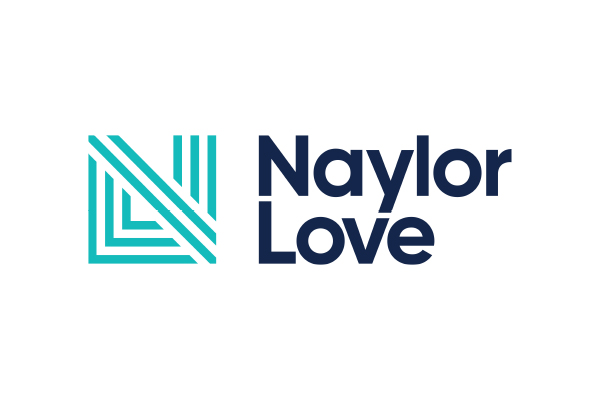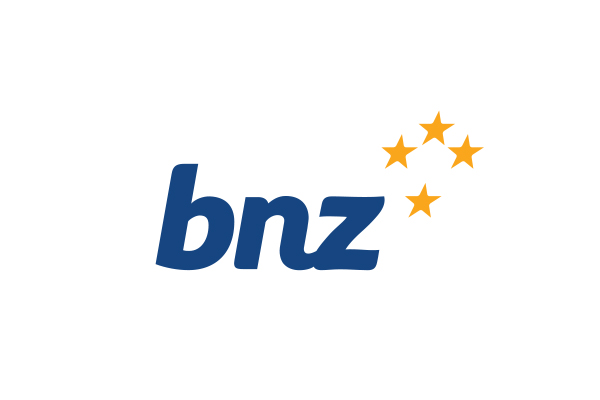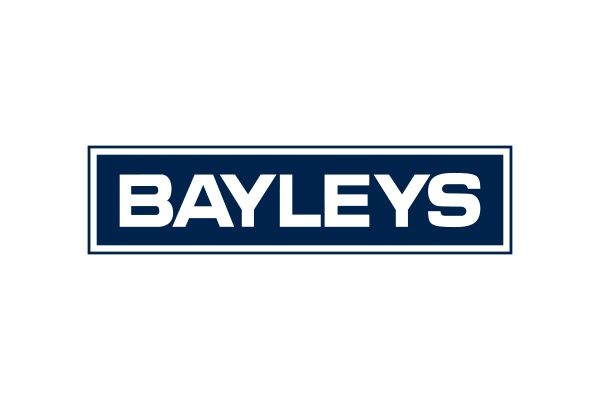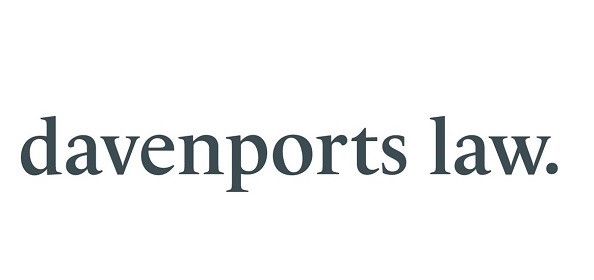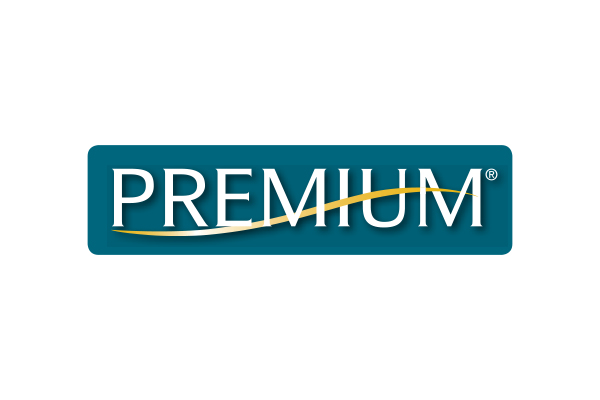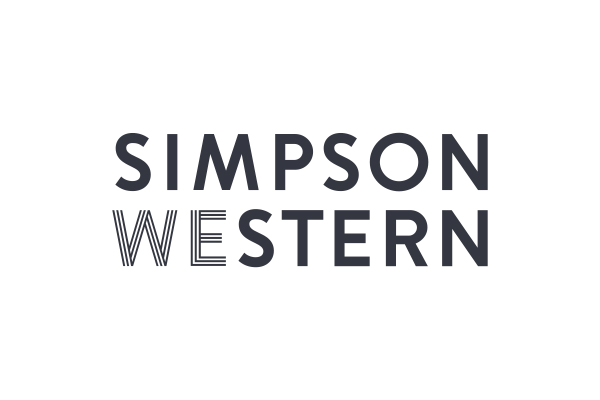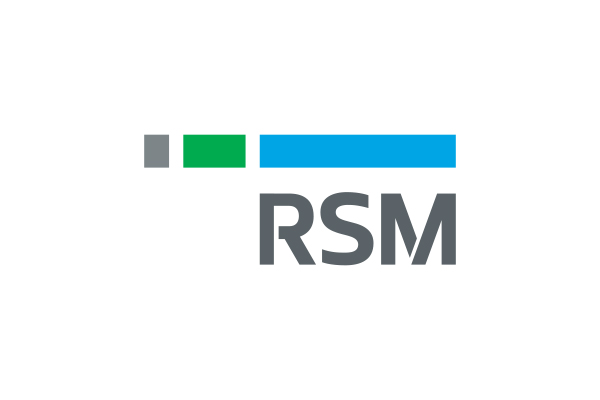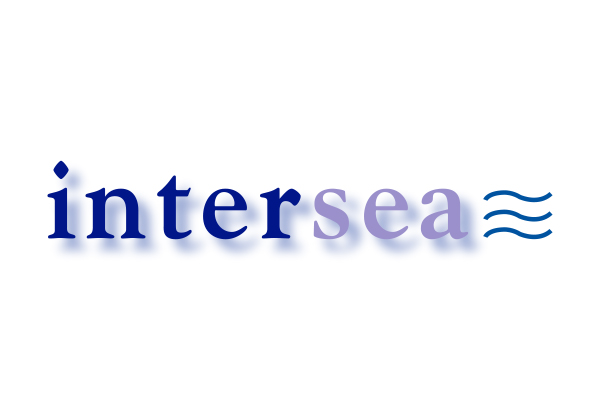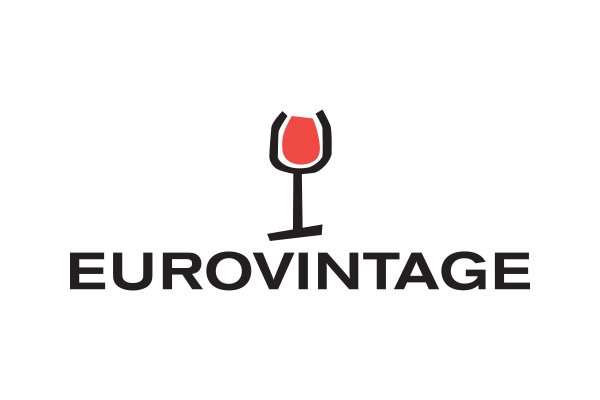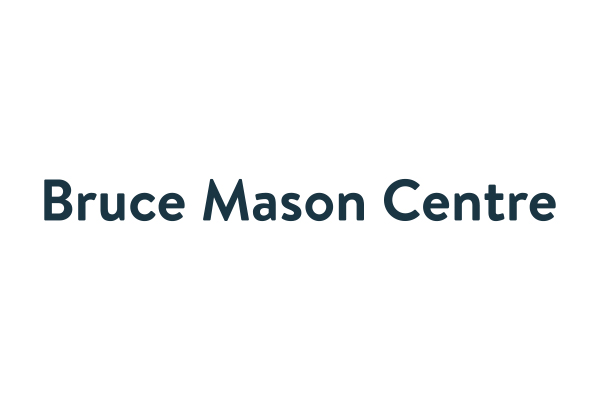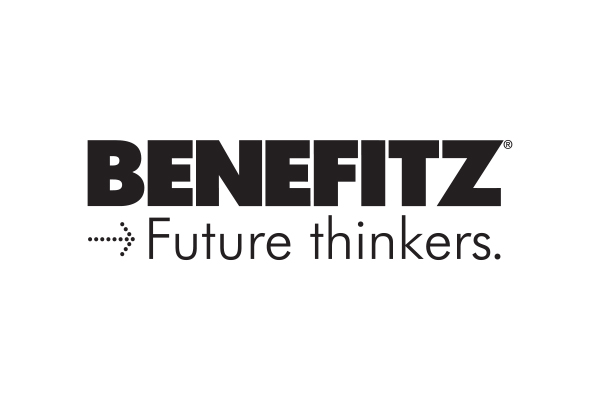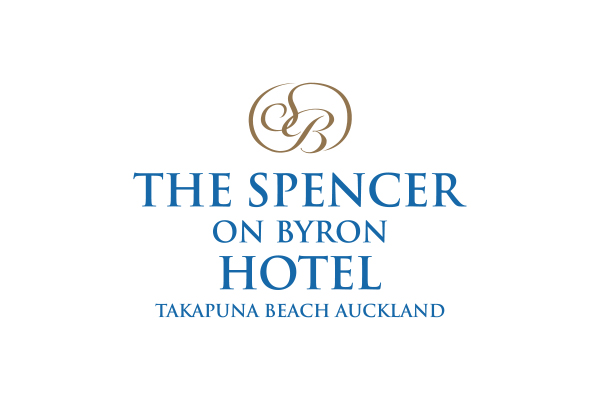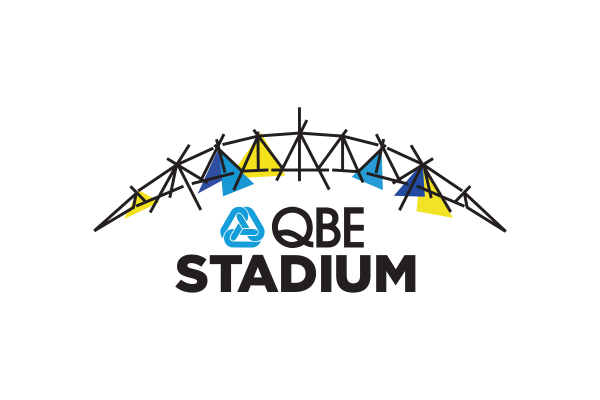Northcross Intermediate student Kate McIntosh was playing Waterpolo when her friend was sent off for continuing to play after a penalty because she didn’t hear the whistle. This got Kate thinking about how hearing impaired people play sports if they can’t hear the whistle. Young Kate did something about it – she invented a wireless whistle.
"My innovation is called the e-Whistle, a device to help people with a hearing disability play team sports by electronically signalling when the whistle is blown,” explained Kate, to the AIMES Awards judging panel. "Instead of sound waves, the eWhistle transmits a radio signal – making a player’s wrist band vibrate and light up.”
Kate started the project two years ago. She entered it into the 2017 North Harbour Science Fair and won Gold in the Technology category. At ASB Bright Sparks in November, she received awards for Best Concept (Junior Category) and Top overall New Zealand female (all ages). ASB Bright Sparks programme is New Zealand’s top competition for young inventors.
"Sue Giddens, the Chief Executive of the National Foundation for the Deaf, strongly encouraged me to take the idea beyond a school fair concept and develop it for commercial use. She says that participation rates of profoundly deaf children in team sports is very low. Sue’s support of my project is driven by her hope that the e-Whistle could help remove barriers and open the way for all children, regardless of hearing ability to get involved in team sports. I have used the prize money won at Bright Sparks to develop a fully working prototype that can be trialled. It features new componentry and was built using 3D printing. I’ve miniaturised the receiver – making it 8 times smaller, half the weight and with 20 times the range.”
Kate says that a key part of her project was talking to end users and understanding how they would use it and what features were important to them. These findings guided her end design and helped her to create a prototype with styling that kids would be happy to wear. The design includes an inter-changeable soft silicon wrist brand that allows the e-Whistle to be used in physical games, without risking damage to the unit or injury to other players.
"My goal is to get the e-Whistle developed to a level of completion where it can be confidently pitched to the Ministry of Education, with the aim of getting it in all New Zealand schools. Every student deserves the chance to participate in their favourite sport and not be excluded because of a hearing disability."
Kate looked at statistics when determining the difference her product could make. According to the Department of Statistics, 9% (380,000) New Zealanders have a hearing disability. 2% of children under 15 years suffer from hearing loss that affects their ability to carry out everyday activities. In a school the size of my school (Northcross Intermediate, 1400 students) around 25-30 students are likely to have a hearing impairment.
"For me, applying for an AIMES Award is not about winning an award. It is about securing the support and funding I need to get the e-Whistle manufactured and into the hands of people who will benefit from it."
Kate details her future aspirations. "It remains a strong personal goal of mine to develop the eWhistle to a point where I can take it to market. My next steps are: Test the new small transmitter chipset to determine if this is a viable replacement option for the current transmitter unit; Refine the 3D modelling, adding in separate compartment for batteries and improving closure mechanisms; Get the samples professionally printed. The finish quality on my samples is a good as our school printers can produce. Produce multiple samples and run full field tests with actual users – including a water proof option."
Kate McIntosh receives the Junior Excellence Award from the North Harbour Club – sponsored by Library Lane and NZ Force Construction – including a cash grant of $3,000.
Thanks to the ongoing support of our fantastic sponsors

